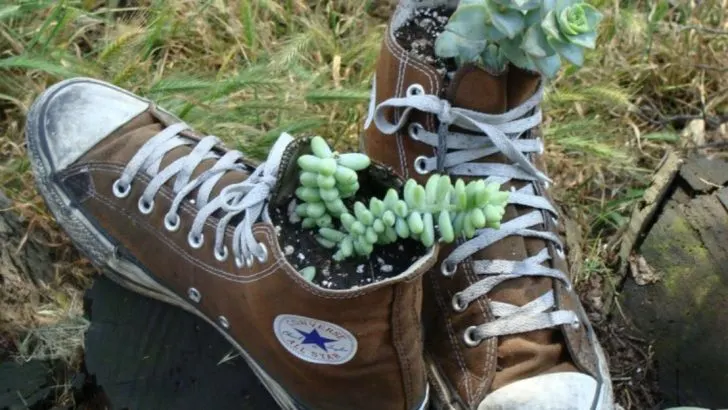Sustainability starts at home, and your garden is the perfect place to repurpose everyday household waste. From using eggshells for calcium-rich soil to turning old containers into stylish planters, here are 19 clever ways to give waste new life in your garden.
Eggshell Fertilizer
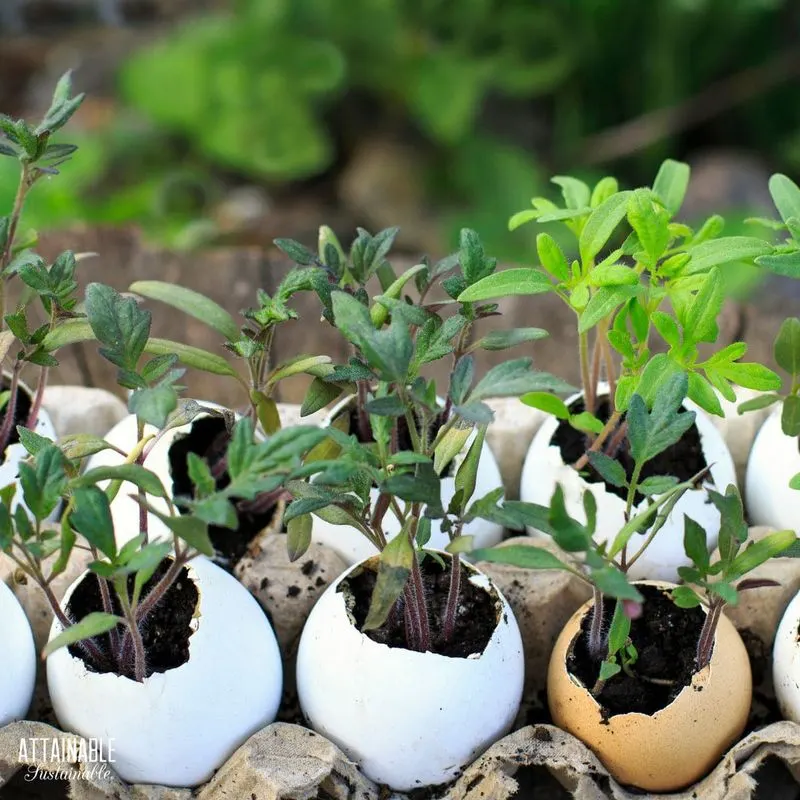
Ground eggshells are rich in calcium, making them a wonderful addition to your garden soil. Scatter them around your plants to promote healthy growth and prevent blossom end rot in tomatoes and peppers.
Their gritty texture also deters garden pests like slugs and snails. Collect your eggshells, allow them to dry, and crush them into small pieces.
Using a mortar and pestle or a simple rolling pin can do the trick. Apply them directly to the soil or mix them into your compost pile for an extra nutrient boost.
Coffee Grounds Mulch
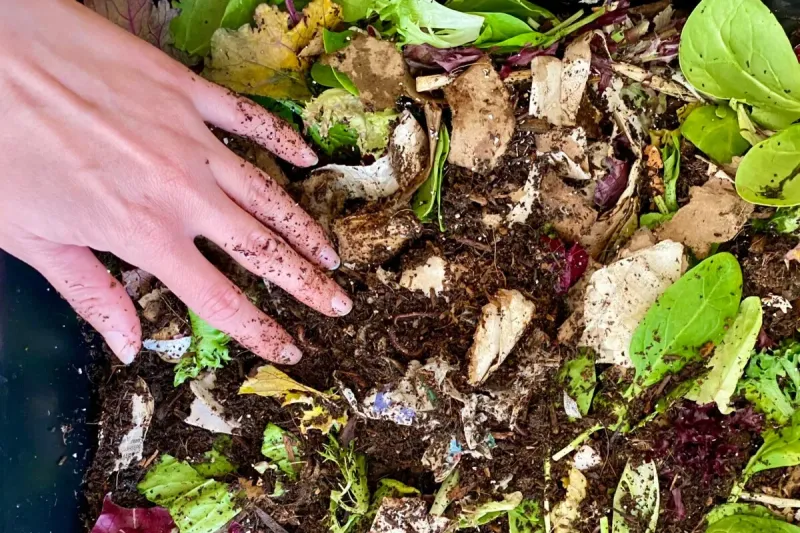
Leftover coffee grounds enrich the soil with nitrogen, an essential nutrient for plant growth. They also help to improve drainage and aeration, especially in clay soils.
Simply scatter the grounds around your plants as a mulch or mix them into your compost. Used coffee grounds are slightly acidic, so they are perfect for acid-loving plants like azaleas, rhododendrons, and blueberries.
Just ensure you don’t overdo it, as too much can increase acidity levels significantly. With regular use, your garden will thrive with this aromatic addition.
Plastic Bottle Drip Irrigation
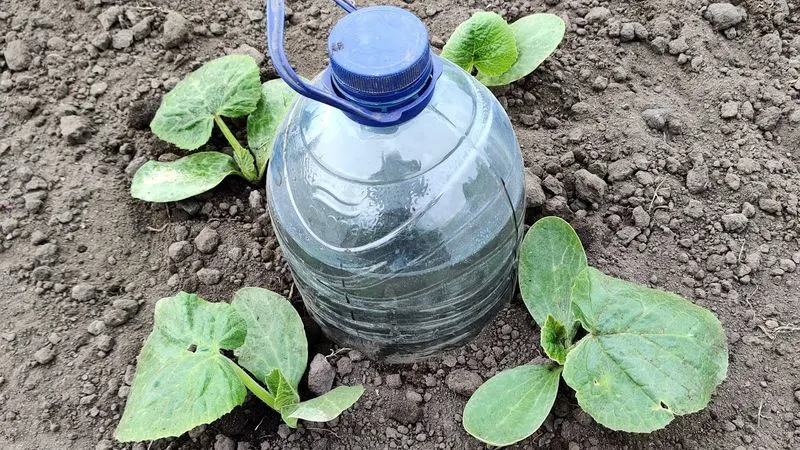
Repurpose old plastic bottles into simple drip irrigation systems. Poke small holes in the sides of a bottle, fill it with water, and bury it neck-down near the plant base.
This method ensures a steady release of moisture directly to the roots, reducing evaporation and conserving water. Ideal for dry spells or busy gardeners, it’s a low-cost solution that minimizes waste.
Adjust the number of holes depending on the plant’s water needs. It’s a great way to keep plants hydrated and healthy without the need for expensive equipment.
Tea Bag Seed Starters
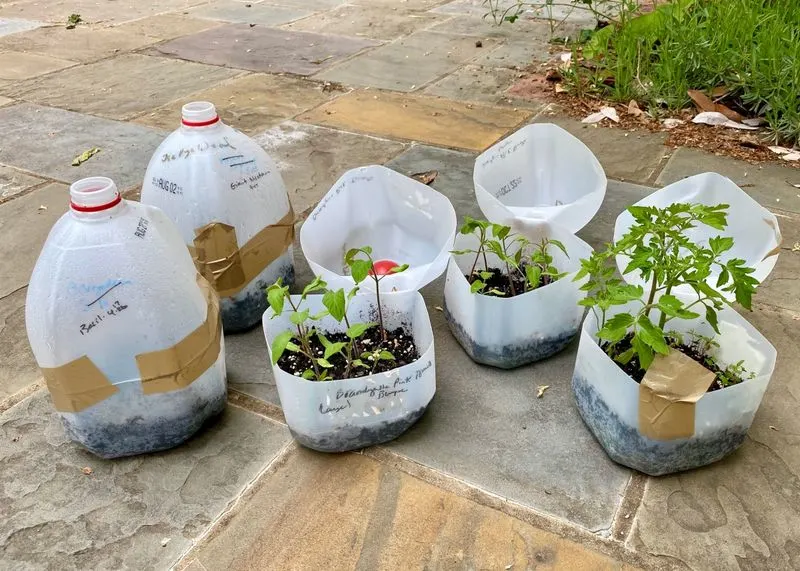
Used tea bags can serve as excellent seed starters. The bags retain moisture and provide a mild acidic environment that many young plants enjoy.
Place seeds inside the damp tea bag, then position them in a sunny spot. The bags will decompose over time, allowing you to plant them directly into the soil without disrupting the roots.
This approach reduces waste and gives your seeds the best start possible. It’s an ideal solution for herbs or small flowers, providing nutrients and reducing transplant shock.
Citrus Peel Seedling Pots
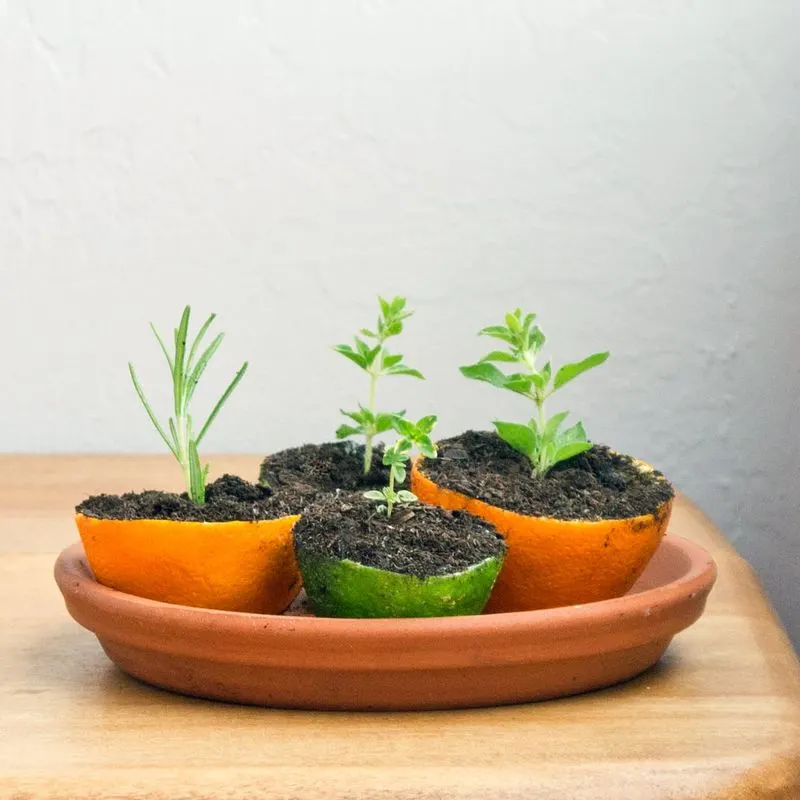
Citrus peels can double as biodegradable pots for seedlings. Fill the hollowed peel with potting soil and plant your seeds.
As the seedlings grow, the peels provide nutrients and prevent pests. When it’s time to transplant, place the entire peel in the soil. It will decompose, enriching the earth around your plant.
This eco-friendly method is perfect for starting herbs or small flowers. Plus, it’s a fun way to reuse kitchen scraps while giving young plants a nutrient-rich environment to thrive.
Wine Cork Garden Markers
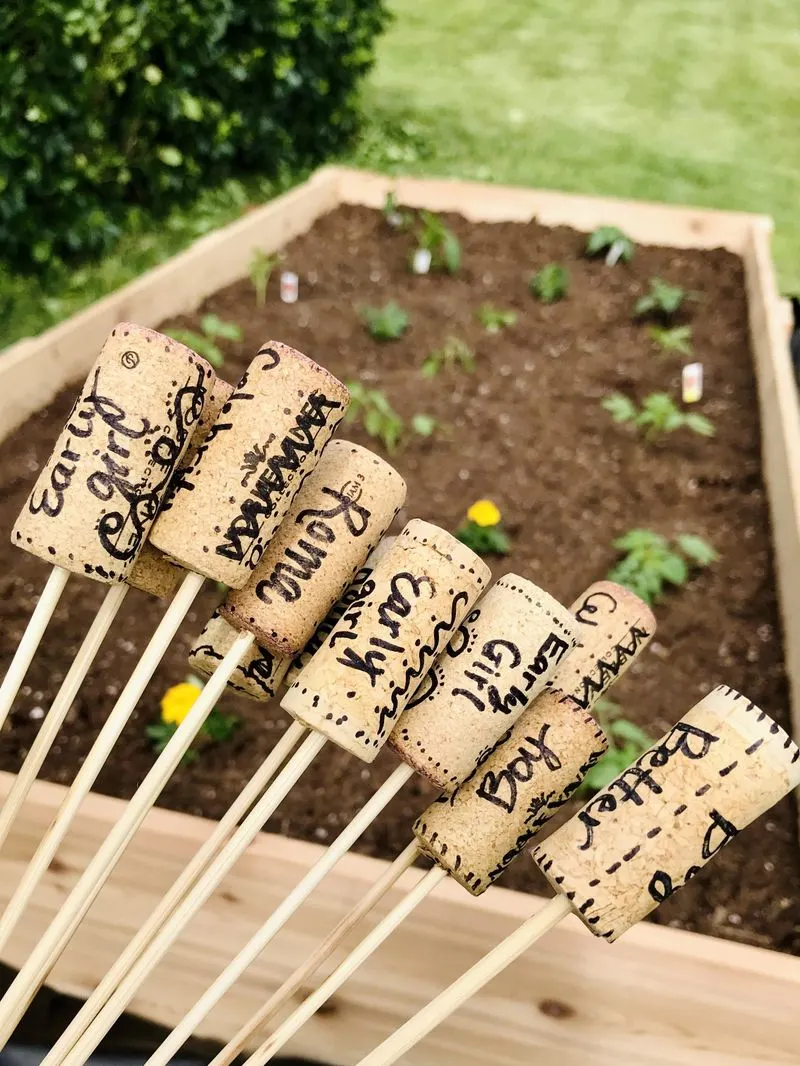
Old wine corks make excellent, durable garden markers. Simply write the plant name on a cork, then push a skewer or stick through it.
Place these markers in your garden beds to identify plants clearly. They withstand weather well and add a rustic charm to your garden.
You can even paint them for extra flair or color-code them to differentiate between various plant types. This simple project is a creative way to reuse corks while keeping your garden organized and stylish.
Cardboard Weed Barrier
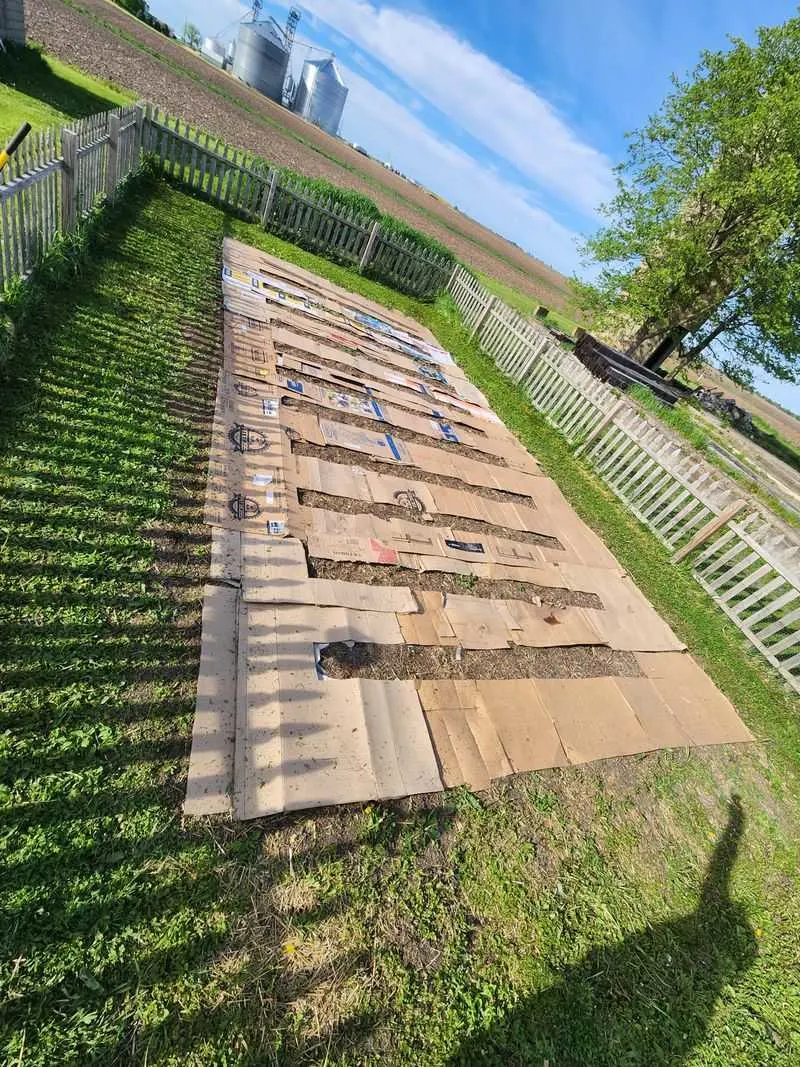
Using cardboard in the garden can effectively suppress weeds. Lay flat sheets of it on the soil surface and cover with mulch or soil.
This barrier blocks sunlight, preventing weed growth while retaining soil moisture. It’s a cost-effective method that breaks down over time, enriching your soil with organic matter.
Ideal for vegetable gardens or flower beds, this technique reduces the need for chemical weed killers. Remember to remove any tape or staples from the cardboard to keep your garden eco-friendly.
Pine Cone Mulch
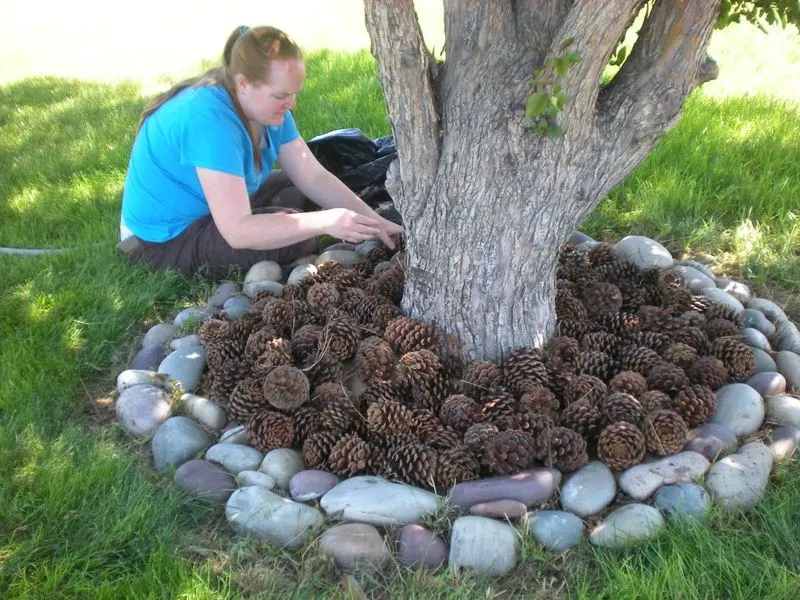
Pine cones can be used as a natural mulch that adds texture and interest to garden beds. They help retain moisture, regulate soil temperature, and even deter pests.
Simply gather fallen pine cones and spread them around your plants. As they decompose slowly, they provide a long-lasting solution for soil coverage.
In addition to their practical benefits, pine cones offer an appealing rustic look, perfect for woodland-themed or natural gardens.
Toilet Paper Roll Seed Tubes
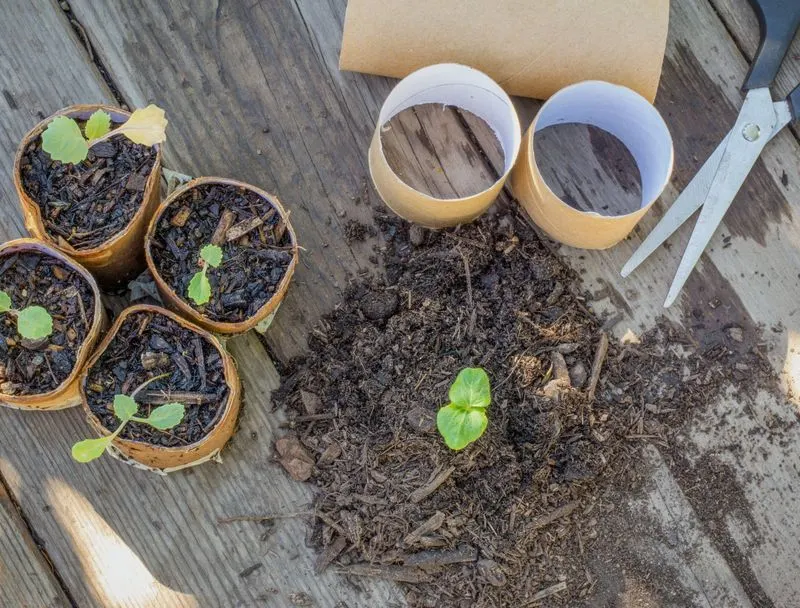
Toilet paper rolls offer an eco-friendly way to start seeds. Fill them with potting soil and place your seeds inside.
These biodegradable containers can be planted directly into the ground, minimizing root disturbance. They break down naturally, enriching the soil as they decompose.
Perfect for vegetables and flowers, these seed tubes are a great way to recycle while giving your plants a healthy start. Plus, they save space and reduce the need for plastic pots.
Tin Can Planters
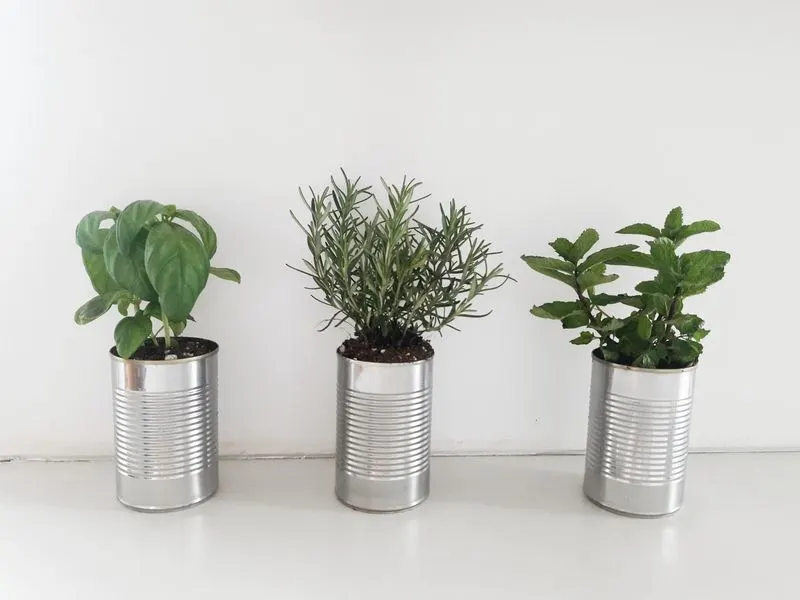
Old tin cans, once destined for the recycling bin, find new life as planters. Paint them in your favorite colors, drill drainage holes at the bottom, and fill with soil.
These charming containers are perfect for herbs, succulents, or small flowers. Arrange them on a balcony, windowsill, or garden bench for a splash of color.
Not only do they prevent waste, but these planters also add a personal touch to your gardening space. With a bit of creativity, tin cans become both functional and decorative.
Newspaper Seedling Wraps
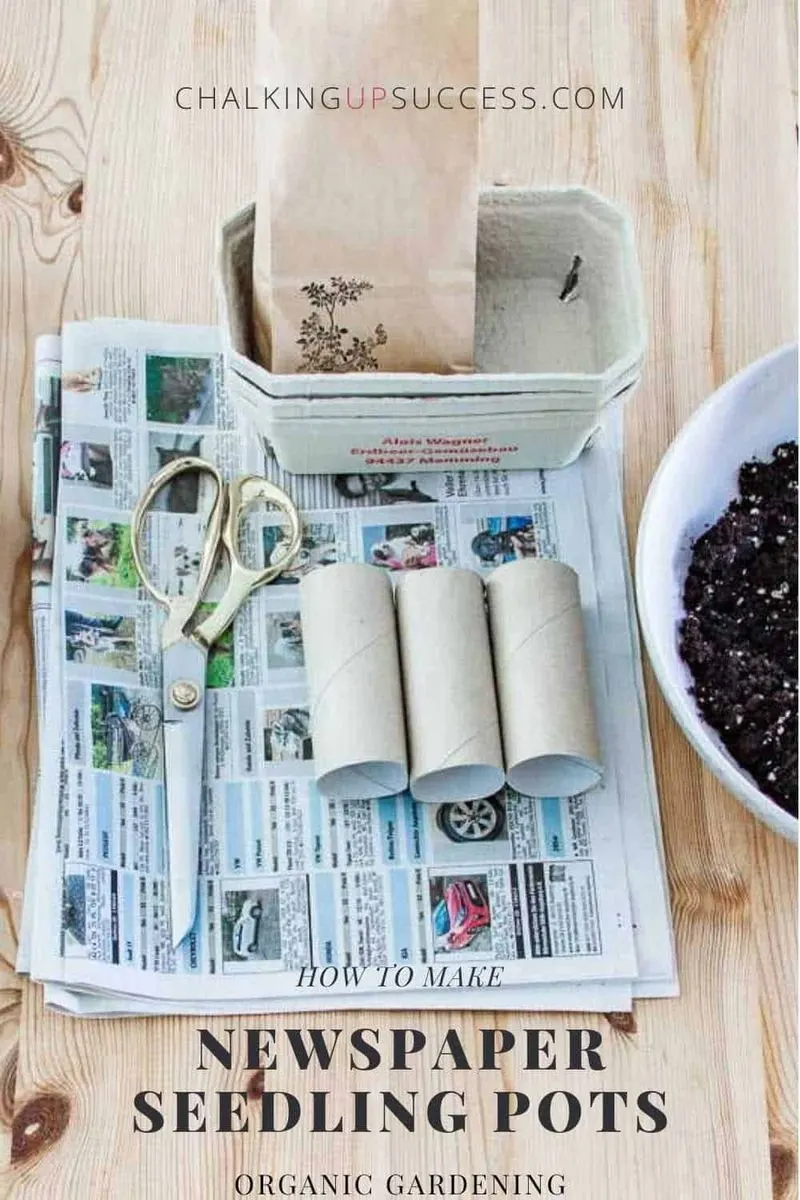
Old newspapers make excellent wraps for seedlings, keeping roots moist and protected. Simply cut strips of newspaper, dampen them, and wrap them around young plants.
This technique supports root growth and reduces transplant shock. When you’re ready to plant them in the garden, the paper will decompose, enriching the soil.
This sustainable option is perfect for gardeners looking to minimize waste and nurture their plants with care. It’s a practical way to recycle while giving seedlings the best start.
Broken Pot Shards for Drainage
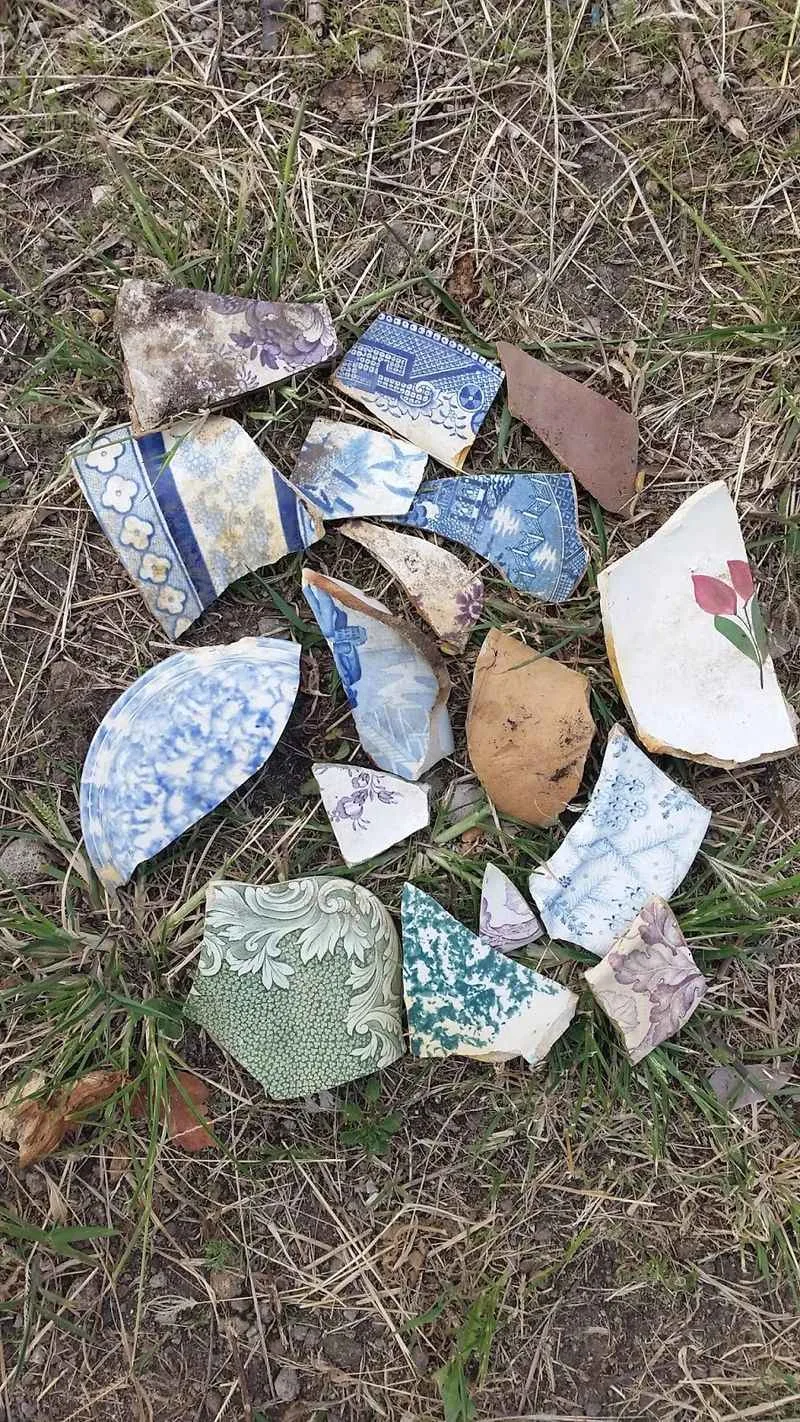
Broken clay pots can be repurposed as drainage aids in larger planters. Place the shards at the bottom of a pot before adding soil.
They help improve drainage and prevent soil from compacting, providing roots with the oxygen they need. This method also reduces the need for purchasing new drainage materials.
Keep a collection of shards from broken pots on hand for various gardening needs. It’s a sustainable way to manage waste while improving your plant care routine.
Wine Bottle Edging
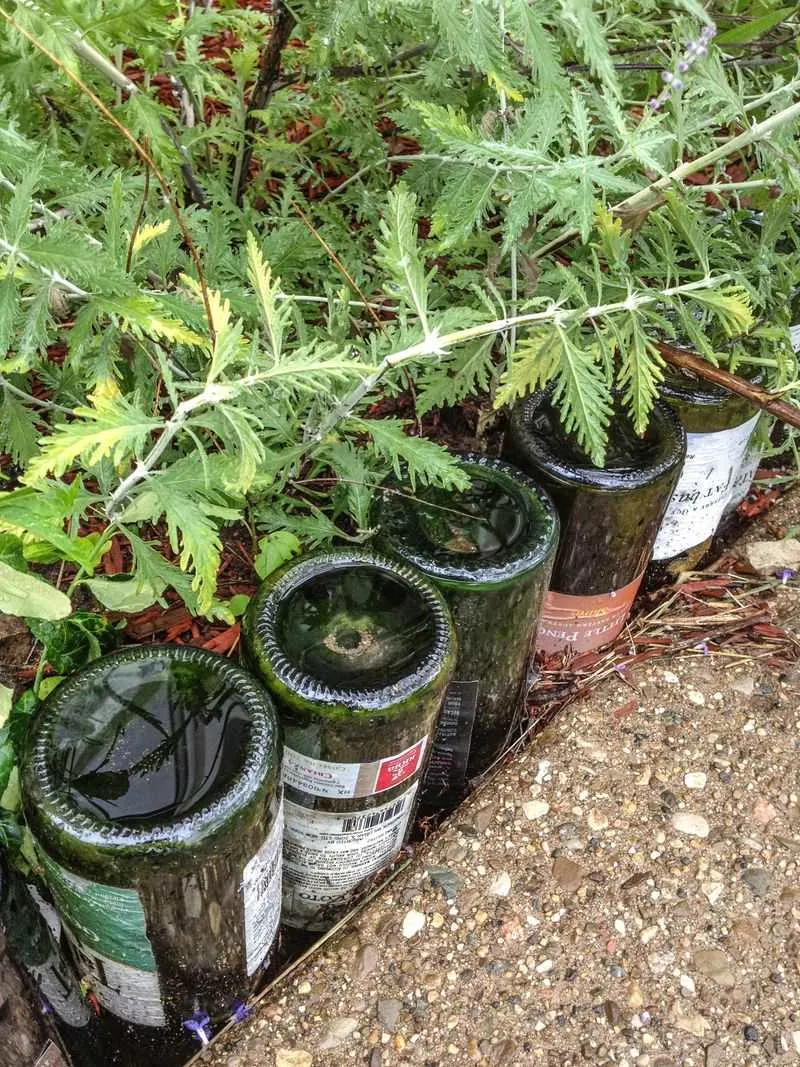
Empty wine bottles can be transformed into unique garden edging. Bury them neck downwards along the border of a flower bed.
This creates a striking visual effect while keeping soil in place. Wine bottle edging is both functional and decorative, offering a colorful alternative to traditional borders.
It’s also a conversation starter, showcasing your commitment to recycling in an artistic manner. Choose bottles of different colors for added flair and creativity in your garden design.
Milk Jug Watering Can
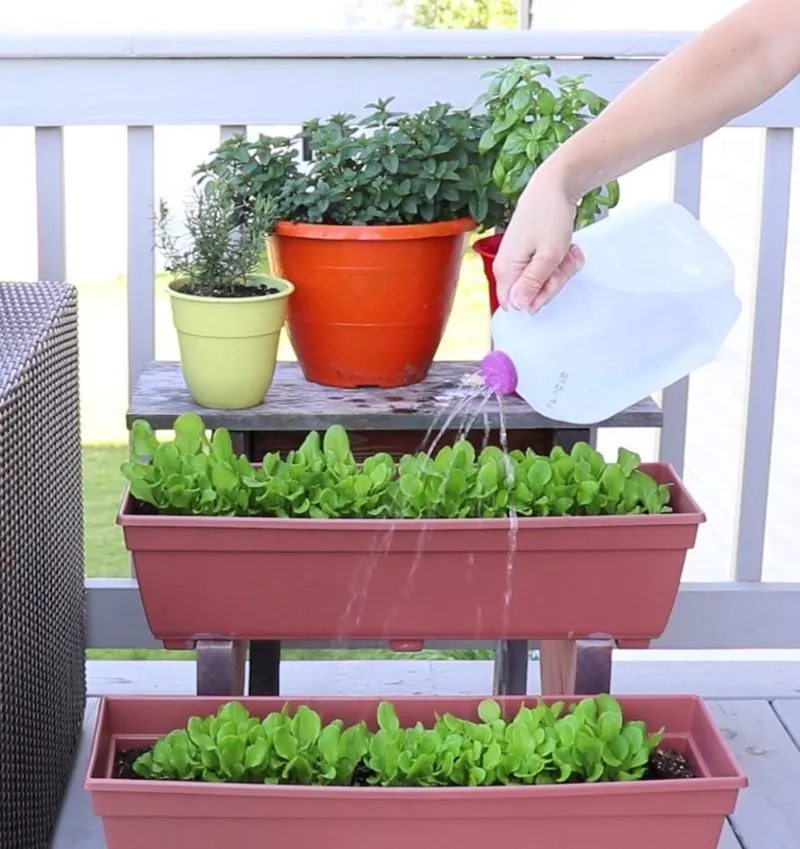
Repurpose empty milk jugs as simple watering cans. Puncture small holes in the cap and fill the jug with water.
This DIY solution allows for gentle watering, perfect for delicate seedlings and sensitive plants. It’s an economical alternative to expensive watering cans and reduces plastic waste.
Use the handle for easy pouring and enjoy the convenience of adjustable watering by changing the hole size. With this clever reuse, you support your garden’s hydration needs sustainably.
Nut Shell Pathways
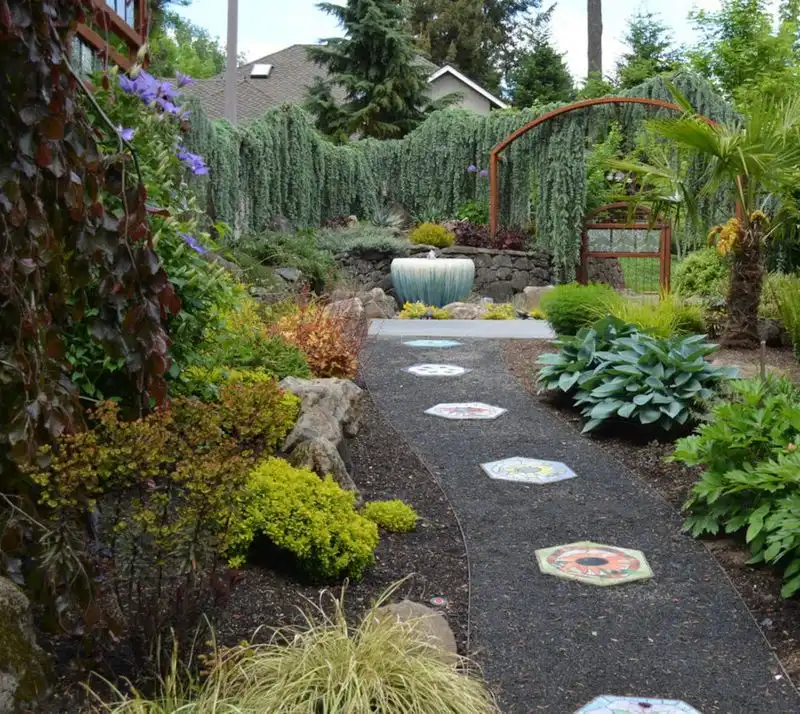
Crushed nut shells create rustic pathways that enhance garden aesthetics. They provide excellent drainage and deter weeds, making maintenance easier.
Gather shells from nuts like walnuts or pecans, then spread them evenly over a path area. Over time, they break down, enriching the soil beneath.
This method utilizes natural waste products, offering a sustainable and visually appealing solution for garden paths. Plus, their texture and color add charm to your garden landscape.
Jar Solar Lanterns
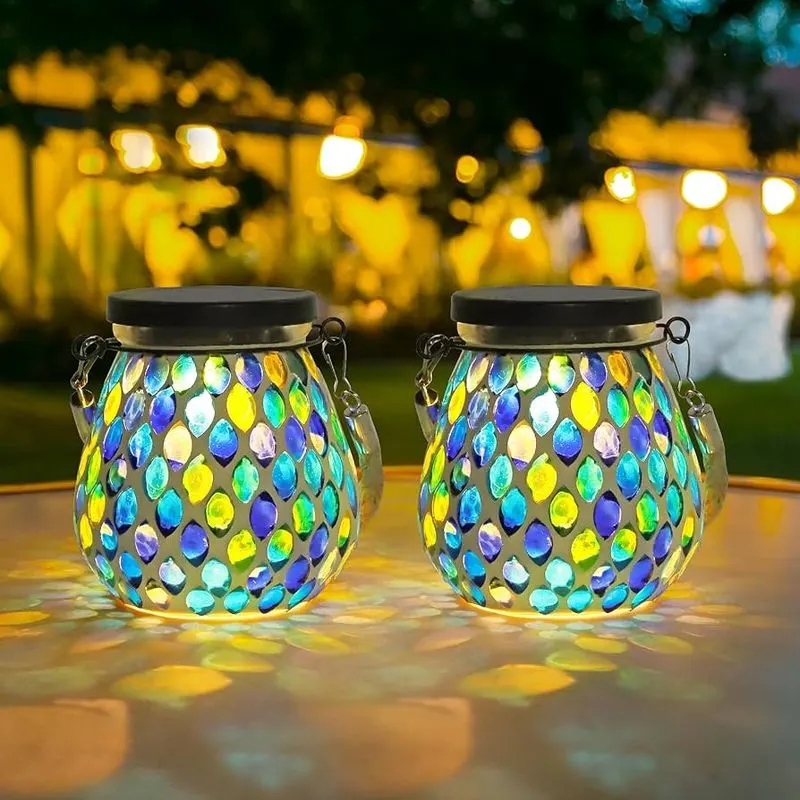
Transform old glass jars into enchanting solar lanterns. Insert small solar lights into each jar, and place them around your garden.
These lanterns capture sunlight during the day, providing a warm, eco-friendly glow at night. They are perfect for lighting pathways or highlighting special garden features.
Not only do they reduce waste, but they also add a magical touch to outdoor spaces. Arrange them creatively to enhance your garden’s atmosphere and functionality.
Old Shoe Planters
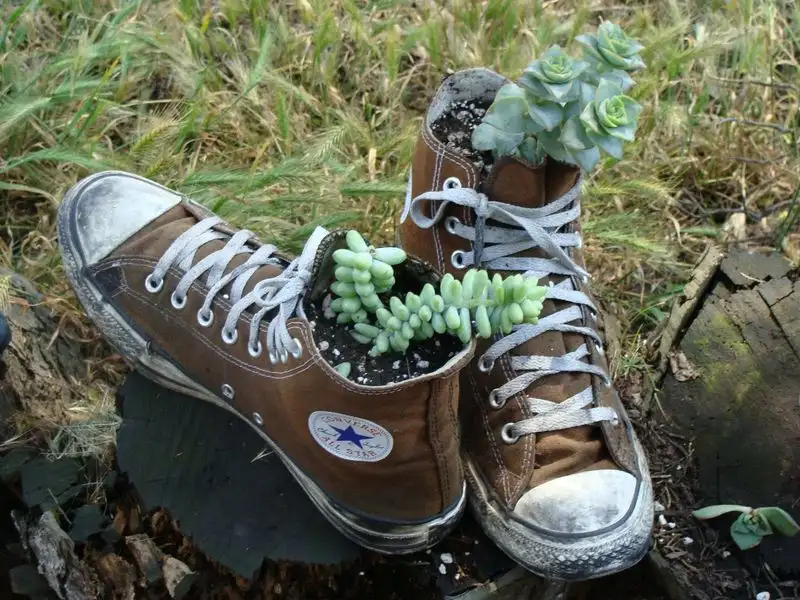
Give old shoes a new purpose by turning them into quirky planters. Fill them with soil and choose small plants or succulents.
These unique containers add charm and whimsy to your garden or patio. Ensure the shoes have adequate drainage by drilling holes in the soles.
This fun project not only recycles worn-out footwear but also adds a personal touch to your gardening space. Perfect for a playful garden vibe or a surprise element.
Glass Bottle Self-Watering
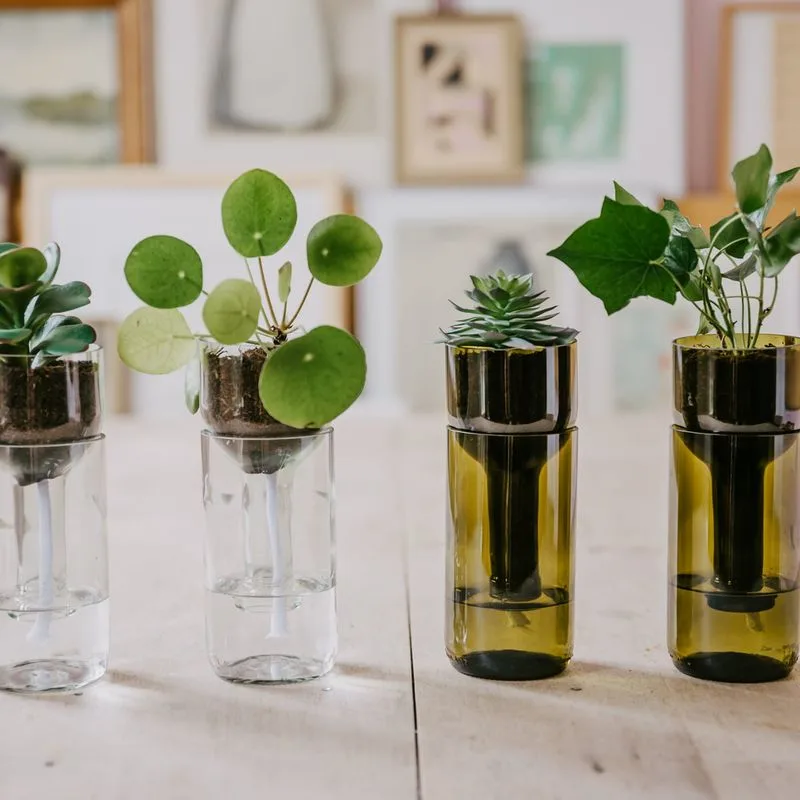
Glass bottles can be repurposed as self-watering systems for potted plants. Fill a bottle with water and insert it upside down into the soil.
This method gradually releases water as the soil dries, ensuring consistent moisture levels. Ideal for busy gardeners or those going on vacation, it requires minimal maintenance.
By reusing bottles, you reduce waste and provide a steady hydration source for your plants. It’s a practical and eco-conscious gardening hack.
Sweater Plant Hangers
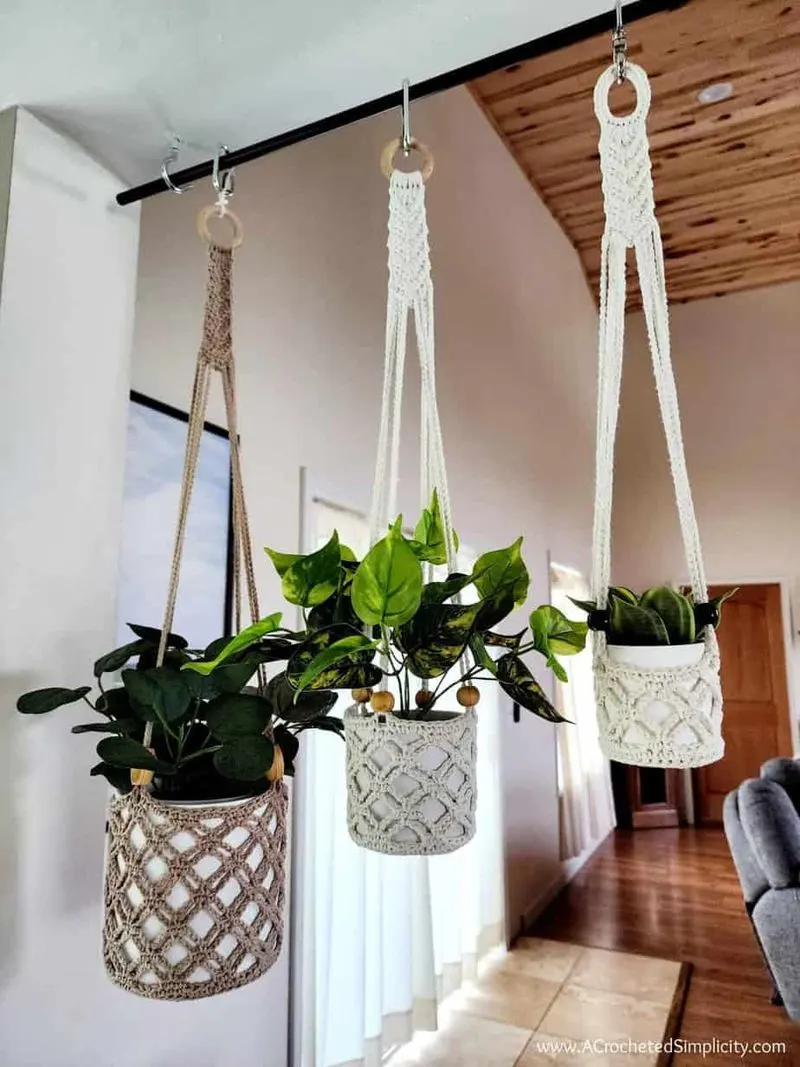
Repurpose old sweaters into cozy plant hangers. Cut the sleeves into suitable lengths, sew one end shut, and insert a small pot.
Hang these creations on your porch or balcony for a pop of color and texture. This method adds warmth and personality to your outdoor space while recycling textiles.
It’s an inventive way to display plants, perfect for cascading flowers or trailing vines. These hangers turn forgotten clothing into functional and stylish garden accessories.

